Cabbage Tree (Tī Kōuka)
$12.00 Original price was: $12.00.$8.40Current price is: $8.40.
- Shop with Ease
- Get Quality, Get More
- Your Security is Our Promise
- Your questions, our prompt answers.

Commonly known as tī kōuka or the cabbage tree, is a native New Zealand species recognised for its resilience, ecological value and cultural importance. A member of the Asparagaceae family, it is a striking tree with long, narrow leaves and a tall, branching form, found throughout lowland, coastal and forest margins across New Zealand.
In modern revegetation projects, the cabbage tree plays a vital role due to its adaptability and hardiness. It tolerates a wide range of soils, from wetland margins to drier slopes, and can withstand drought, wind and frost. Its ability to establish quickly and grow in poor soils makes it ideal for erosion control and restoring degraded landscapes.
The cabbage tree also provides habitat and food for native birds and insects enhancing biodiversity in regenerating ecosystems. The nectar rich and sweetly-scented flowers attract pollinators in November and the fruit for birds from January to April.
Māori have long valued tī kōuka for its practical uses. The roots and young shoots were an important food source, high in carbohydrates and often cooked in earth ovens (hāngī). The tough, fibrous leaves were used for weaving ropes, baskets, footwear and clothing. The tree also held spiritual significance and featured in traditional medicine (rongoā).
Germination Capacity: Seed has been sustainably foraged and has not undergone commercial seed cleaning or grading. Natives can be erratic germinators and naturally low in germination capacity. Check expected germination rate under Product Information.
Stratification is not necessary but can help to speed up and create a more even germination.
Stratify: Chilling seeds in the fridge for 3-4 weeks prior to sowing will promote germination by breaking seed dormancy.
| Size | 50 seeds |
|---|

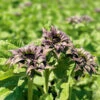

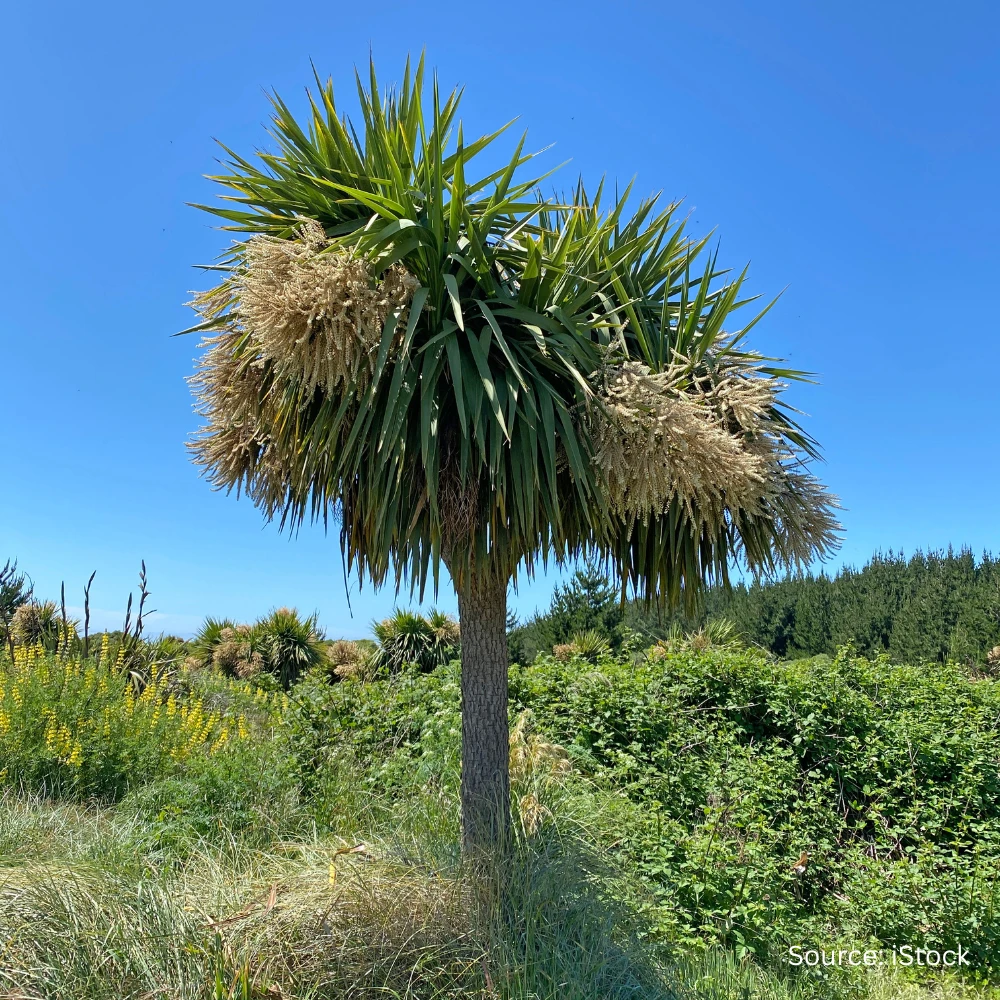


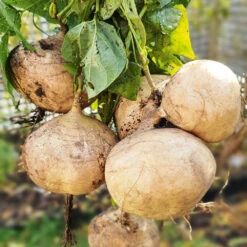

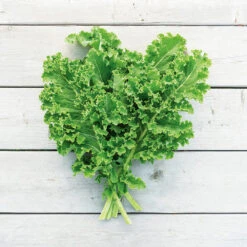

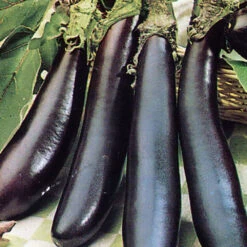

Reviews
There are no reviews yet.